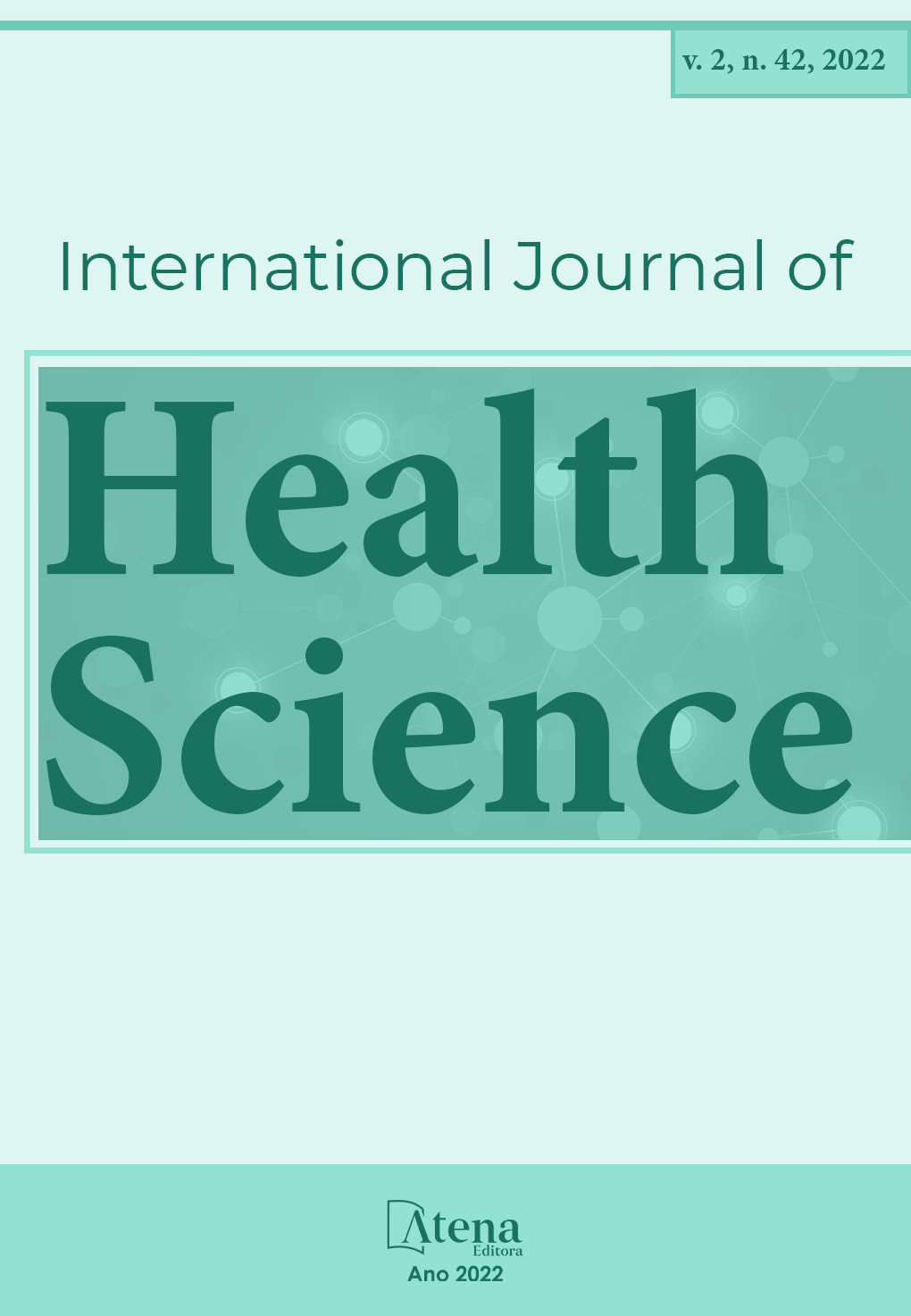
Territorialization and geographic mapping with risk tower from the stratification of family vulnerability in Primary Health Care: Experience Report
Introduction: To recognize the territory and the social and health needs of the families involved is a relevant management strategy for the practice of equity in Primary Health Care (PHC). In this context, the territorialization and geographic mapping of the territory covered can favor the situational diagnosis and contribute to the implementation of promotion, prevention and equitable assistance actions based on the identified needs. Objective: To report the experience of undergraduate Nursing students in the implementation of territorialization in geographic mapping with a risk tower based on the stratification of family vulnerability in Primary Health Care, carried out at the Jardim das Flores Basic Health Unit in Sarandi-Paraná, in August and September 2021. For territorialization, an update was carried out through a field visit and graphic expansion of the geographic mapping of an attached microarea, which was superimposed on a Styrofoam board. To stratify the vulnerability of families, the Coelho and Savassi Family Risk Scale was applied. The stratified families were mapped and represented with ethylene vinyl acetate in the colors: green, for lower risk; yellow, for medium risk; and red for higher risk. Other colors of this synthetic material were used to represent risk sentinels, including: white, bedridden; orange, physical disability; light blue, mental disability; black, drug addiction; beige, unemployment; brown, illiteracy; purple, under six months; turquoise, pregnant; green, over 70 years old; pink, hypertension; and, blue, diabetes mellitus. With the help of a pin, a risk tower was built over each stratified and mapped family, containing the risk sentinels represented by circles in the number of defined colors. and 15 of higher risk. Conclusions: This experience allowed the students to implement territorialization and geographic mapping with tower-to-risk from the stratification of family vulnerability. The construction of the risk towers made it possible to visually identify the families' risk sentinels, facilitated the recognition of the social and health needs of the micro-area and could support strategic planning and health promotion actions based on the identified situational diagnosis.
Territorialization and geographic mapping with risk tower from the stratification of family vulnerability in Primary Health Care: Experience Report
-
DOI: 10.22533/at.ed.1592422229072
-
Palavras-chave: Nursing. Family health strategy. Risk map. Health vulnerability. Territorialization of primary care.
-
Keywords: Nursing. Family health strategy. Risk map. Health vulnerability. Territorialization of primary care.
-
Abstract:
Introduction: To recognize the territory and the social and health needs of the families involved is a relevant management strategy for the practice of equity in Primary Health Care (PHC). In this context, the territorialization and geographic mapping of the territory covered can favor the situational diagnosis and contribute to the implementation of promotion, prevention and equitable assistance actions based on the identified needs. Objective: To report the experience of undergraduate Nursing students in the implementation of territorialization in geographic mapping with a risk tower based on the stratification of family vulnerability in Primary Health Care, carried out at the Jardim das Flores Basic Health Unit in Sarandi-Paraná, in August and September 2021. For territorialization, an update was carried out through a field visit and graphic expansion of the geographic mapping of an attached microarea, which was superimposed on a Styrofoam board. To stratify the vulnerability of families, the Coelho and Savassi Family Risk Scale was applied. The stratified families were mapped and represented with ethylene vinyl acetate in the colors: green, for lower risk; yellow, for medium risk; and red for higher risk. Other colors of this synthetic material were used to represent risk sentinels, including: white, bedridden; orange, physical disability; light blue, mental disability; black, drug addiction; beige, unemployment; brown, illiteracy; purple, under six months; turquoise, pregnant; green, over 70 years old; pink, hypertension; and, blue, diabetes mellitus. With the help of a pin, a risk tower was built over each stratified and mapped family, containing the risk sentinels represented by circles in the number of defined colors. and 15 of higher risk. Conclusions: This experience allowed the students to implement territorialization and geographic mapping with tower-to-risk from the stratification of family vulnerability. The construction of the risk towers made it possible to visually identify the families' risk sentinels, facilitated the recognition of the social and health needs of the micro-area and could support strategic planning and health promotion actions based on the identified situational diagnosis.
-
Número de páginas: 2
- Ana Maria Batista Tavares
- Geverton José Honório
- Fabiane Sá Ricaldes
- Silvana Alves
- Nadia Raquel Suzini Camillo
- Gabriely Crystina de Lima


